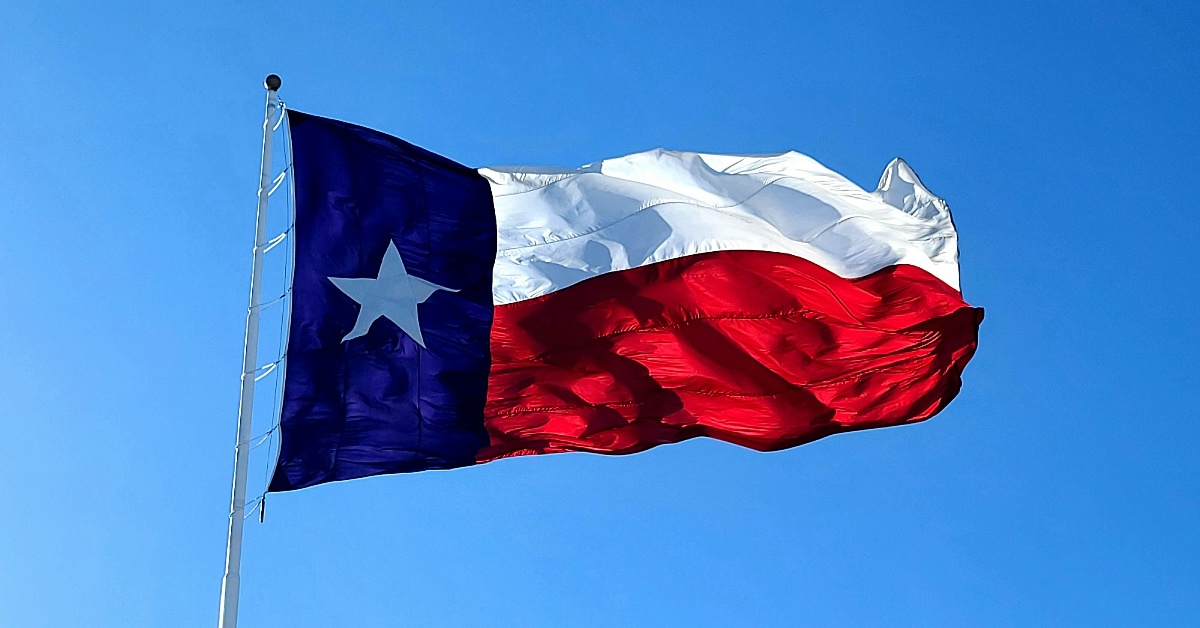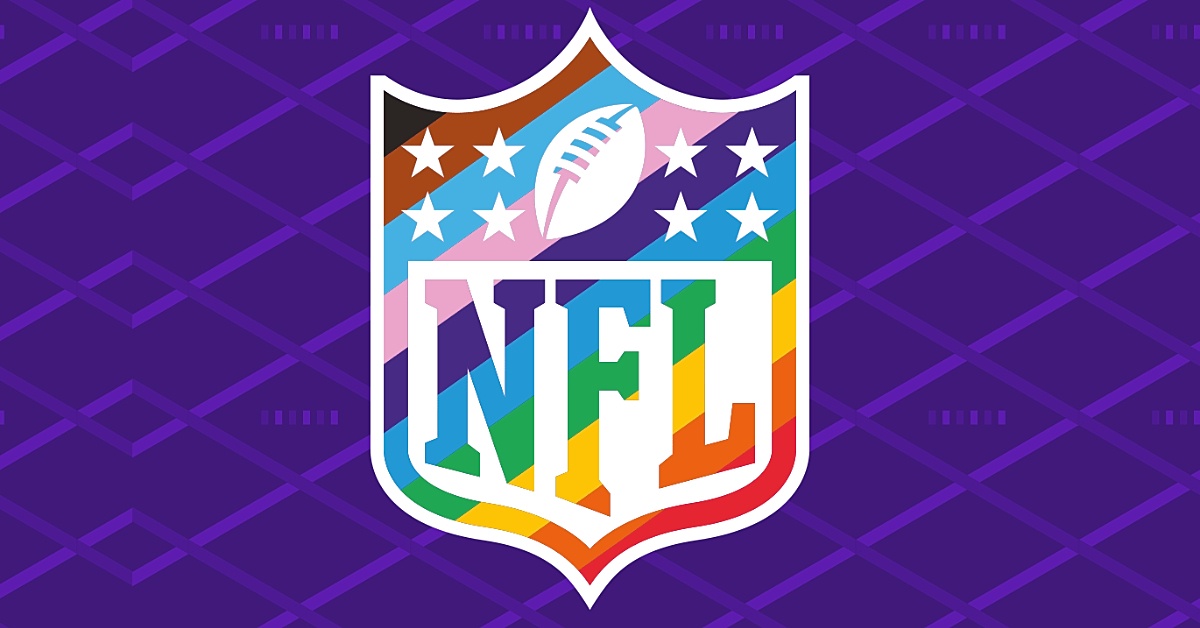BY: Walker
Published 2 years ago

Boeing Co. found more mistakes with holes drilled in the fuselage of its 737 Max jet.
via: NBC News
Boeing Commercial Airplanes CEO Stan Deal said in a letter to Boeing staff seen Monday that a worker at its supplier discovered misdrilled holes in fuselages. Spirit AeroSystems, based in Wichita, Kansas, makes a large part of the fuselages on Boeing Max jets.
“While this potential condition is not an immediate safety issue and all 737s can continue operating safely, we currently believe we will have to perform rework on about 50 undelivered planes,” Deal said in the letter to employees share with the media.
The problem was discovered by an employee of the supplier of the fuselages who notified his manager that two holes might have not been drilled according to specifications, Deal said.
Both Boeing and Spirit AeroSystems are facing intense scrutiny over the quality of their work after an Alaska Airlines 737 Max 9 was forced to make an emergency landing on Jan. 5 when a panel called a door plug blew out of the side of the plane shortly after takeoff from Portland, Oregon.
The NTSB is investigating the accident, while the Federal Aviation Administration investigates whether Boeing and its suppliers followed quality-control procedures.
Alaska Airlines and United Airlines, the only other U.S. airline flying the Max 9, reported finding loose hardware in door plugs of other planes they inspected after the accident. The FAA grounded all Max 9s in the U.S. the day after the blowout. Two weeks later, the agency approved the inspection and maintenance process to return the planes to flying.
Alaska Airlines and United Airlines have begun returning some to service.
Boeing, based in Renton, Washington, said last week it was withdrawing a request for a safety exemption needed to certify a new, smaller model of the 737 Max airliner. Boeing asked federal regulators late last year to allow delivery of its 737 Max 7 airliner to customers even though it does not meet a safety standard designed to prevent part of the engine housing from overheating and breaking off during flight.










